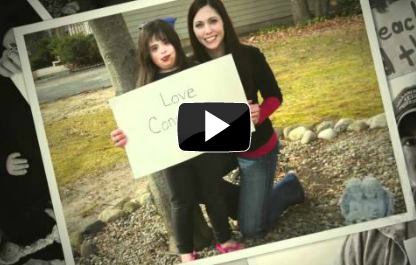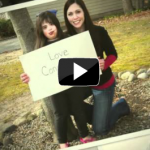If you are thinking my child has a learning disability, now how do I help them. There are a variety of things that can help a student with learning disabilities or any delays.
First, really consider the student, their needs, likes, interests, and those things that may hinder their education. For example, if they are poor at reading, perhaps when they are working on other subjects provide them with educational tapes on the same subject.
Some common educational practices to use are:
- relaxation
- concentration
- slow down
- organize
- write down
- repeat
- visualize
Some tweaking of these strategies can be done to accommodate those that need extra help. For example, translate the information into something of their interests. Use imagination and illustrations to make the lesson easier to comprehend. The students can apply the topic to other ideas to reinforce the lesson. It is useful to practice using the new information for better memorization.
“Federal regulations require access and accountability for students with learning disabilities. Section 504 of the Rehabilitation Act of 1973 [PL 93-112], as amended, requires that individuals with disabilities, including students with learning disabilities, be given equal opportunity to participate in and benefit from the policies and procedures customarily granted to all individuals. The Individuals with Disabilities Education Act of 1997 [IDEA], [PL 105-17], regulations require that all students with disabilities participate in a state’s accountability system.
These provisions require participation, but to truly give students a fair assessment, they should be provided the tools necessary to show their full potential/knowledge. This may include non-timed assessments, protection against high-stake tests, opportunity to learn the material, accessible resources, attention to language difference, and appropriate tests that emphasize their abilities not their disabilities.
For students to receive the education necessary for them to show their true potential, they must first be identified. It is teachers and parents jobs to identify possible candidates, so that they may receive appropriate services. Once they are identified, they must find an environment in which they are successful. This will prepare them for the rest of academics which will in turn prepare them for adulthood.







